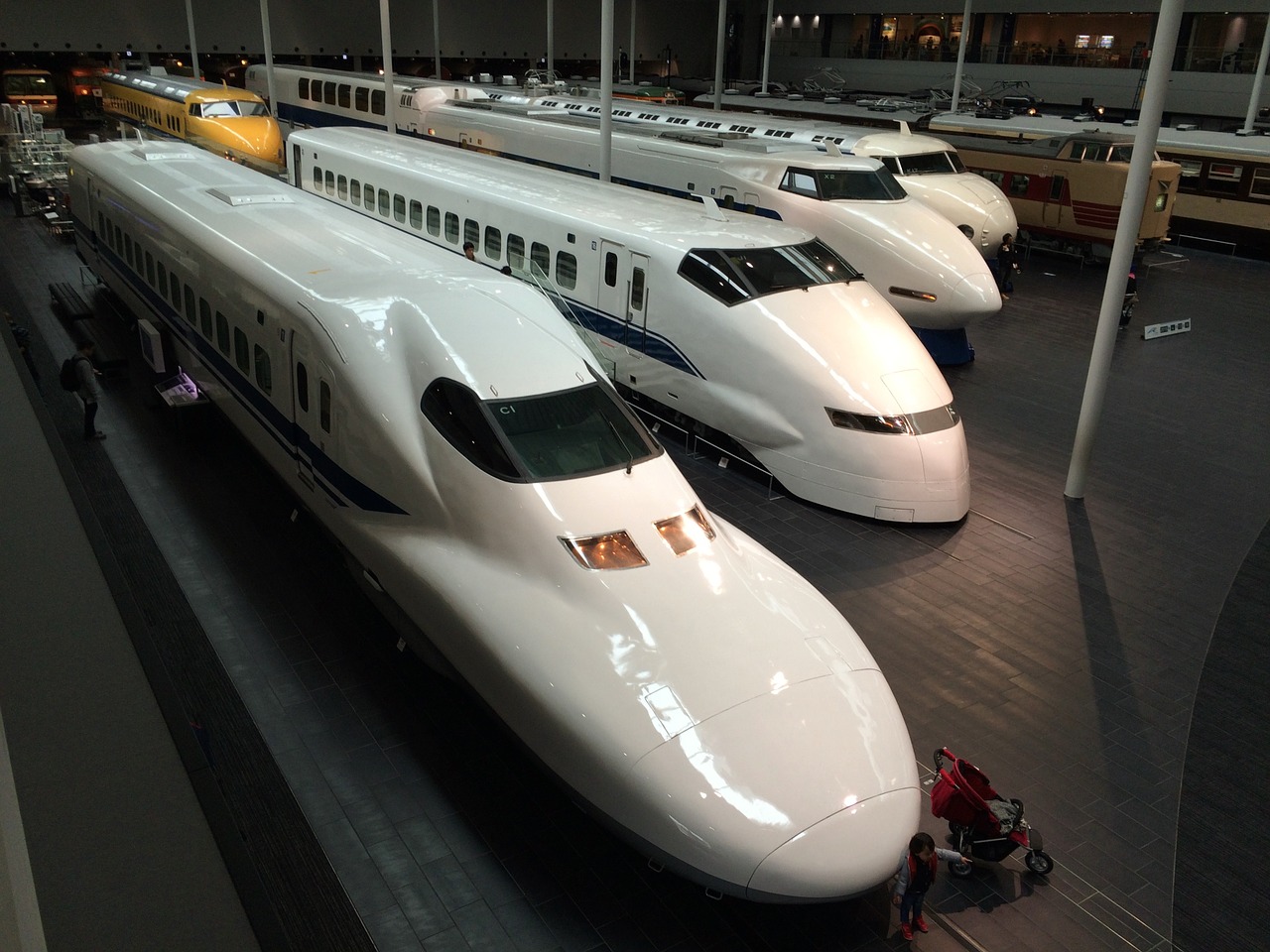Physicist Richard Feynman famously said that there’s plenty of room at the bottom. Room to build complex structures, machines, and computing engines at the size of individual molecules and even atoms.
Nowhere is this more evident than at the NanoTech Complex, which is run by the College of Nanoscale Science and Engineering, or CNSE, at the State University of New York at Albany. Sprawling over more than a half-dozen buildings in three locations, the $14 billion facility includes 800,000 square feet packed with advanced laboratories and computer-chip manufacturing equipment. Here, about 2600 researchers, engineers, and technicians working for the U.S. military, research institutions from around the world, and the world’s top semiconductor-makers are pushing their way into ever smaller realms in the quest for faster and more energy-efficient computers, micro-electromechanical systems, sensors than can be embedded in anything from a helicopter rotor blade to a human tooth, and more.
Technicians and engineers dressed head to toe in white gowns work in clean rooms behind glass, isolated from the rest of the world and its microscopic, airborne contaminants. They move 300- and 450-millimeter-diameter silicon wafers from toolbox-size front-opening unified pods, or FOUPs, and feed them into multimillion-dollar photolithography machines, deposition machines, or other chip-manufacturing equipment. Layer by layer these machines build up the transistors, wiring, and other components of the microscopic circuits that comprise advanced computer chips in development. Workers move carts of plastic-wrapped FOUPs from one ultraclean building to another along enclosed walkways, adding to the impression of an enclosed city built to house the technologies of the very small.
The mayor of this city is the CEO of the CNSE and professor of nanoscience, Alain Kaloyeros. Eschewing suits for ripped jeans and black, 3-button long-sleeve T-shirts, the 50-something Greek Lebanese has brought together a university, top semiconductor- and computer-makers including IBM, Intel, Samsung, GlobalFoundries, and U.S. government research in one facility. This makes it the only research center of its kind in the world. All the major chip-makers have their own labs. But nowhere else do they share those facilities with their competitors and students working side by side on the same state-of-the-art equipment.
The result, Kaloyeros says, is a kind of nanotech Switzerland—a neutral ground where researchers and engineers pooling their resources and talents can make breakthroughs that would be out of reach elsewhere. “You can have the best subsidy ever from companies,” he said at a recent public talk at the complex, “and if you don’t have the right educational programs and the right innovation at the university, they’re never going to stay.”
Lithography vs Moore’s Law
Key to the complex’s work is developing not only prototypes of new tech, but also the techniques needed to manufacture them at the scale needed for industrial production. Engineering manager Christopher Borst tells PM that many of the same machines used in industrial production can be tweaked to make the advancements in that are in progress at the complex.
In photolithography, the process by which all current computer chips are made, light shines through a specially designed mask onto a silicon wafer that has been coated with light-sensitive photoresist. When dipped in etching chemicals, the photoresist that has been exposed to light washes away, readying the wafer for the next steps in creating the multiple layers that build up to form transistors and other structures. Further steps include depositing ultrathin layers of conducting metals to form connections between components on the chip.
Here at the complex, engineers are pushing Moore’s Law—which predicts a doubling of transistor density on chips every two years—to its limits with technologies like FinFETs, or fin-shaped field effect transistors. Instead of building transistors in the standard two-dimensional configuration, FinFETs stick up out of the surface of the wafer. “You stand four of them up in the area that you used to need to make one,” Borst explained on a recent tour of the complex, “so that you can pack in more chips.”
Another tech that’s pushing the boundaries here: extreme ultraviolet, or EUV, lithography. Current lithography uses 193-nanometer wavelengths of light. EUV lithography pushes that down to 13.5 nanometers to build smaller structures. In early 2013 the complex will receive one of the few machines in the world capable of EUV lithography—the NXE:3300, built by Dutch company ASML—which will be installed in the facility’s NanoFab Xtension. Now nearing completion, the Xtension adds 500,000 square feet to the complex.
Limits?
Today’s transistors are about 22 nanometers wide, Kaloyeros says. But sooner or later Moore’s Law will bump into the limits of today’s manufacturing technology. “It’s going to run into probably a 4-nanometer, 3-nanometer [limit]. And then we’re going to switch to bottom-up nanotechnology.”
Such technologies in development at the Nanotech Complex include directed self-assembly, which has the potential to coax molecules to assemble themselves into circuit structures via magnetic fields and other means. Chips based on carbon (in forms such as graphene) rather than silicon also show promise to be thinner than today’s chips—if nanotech experts can devise the means to build them robustly enough for industrial production.
All of this would enable smaller, more energy-efficient, and more powerful computers; embedded sensors; silicon photonics that combine light and electricity on the same chip for information processing; and a host of other innovations.
Read more: Look Inside a Futuristic Nanotech Lab – Popular Mechanics






